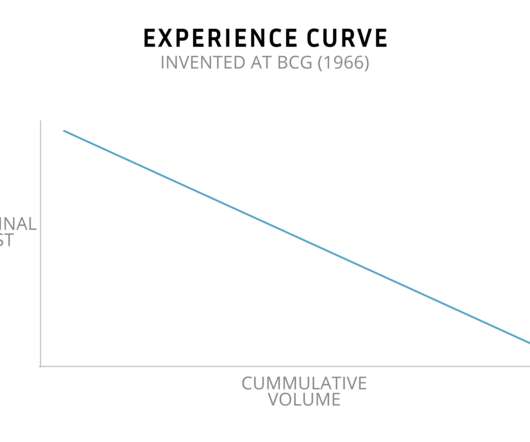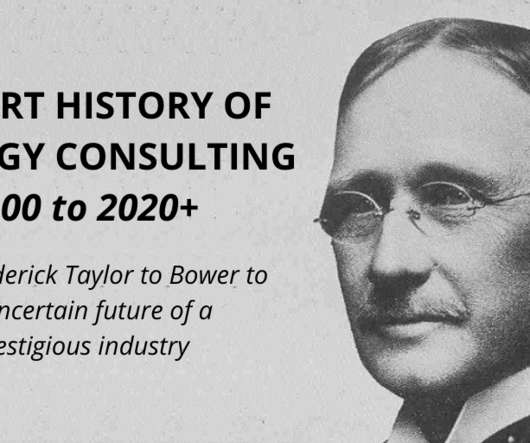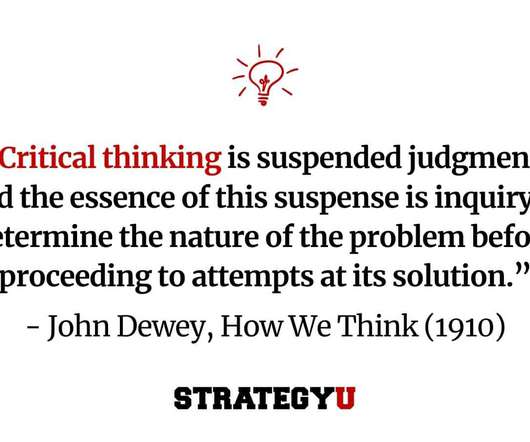Exploring Consulting Frameworks: The Experience Curve
StrategyU
MARCH 31, 2022
It was developed in the 1960s by Boston Consulting Group (BCG), one of the biggest consulting companies in the world at the time. It was inspired by manufacturing learning curves, which were first identified in the 1920s and 1930s. Value-added costs account for the cost of manufacturing, marketing, distribution, and administration.












Let's personalize your content